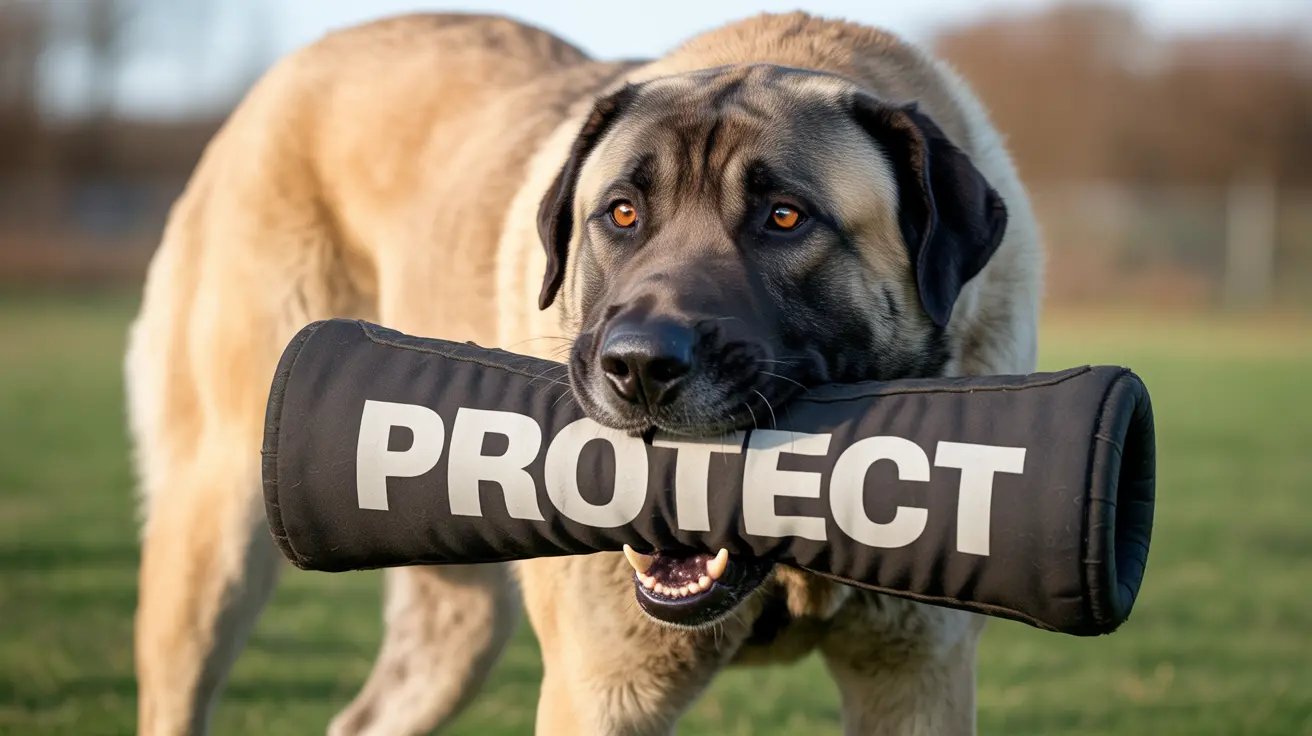Most Powerful Breeds and Their Physical Capabilities
Several breeds stand out for their impressive physical capabilities, which can make them potentially dangerous if not properly trained and managed:
Kangal: The Strongest Bite Force
The Turkish Kangal holds the record for the strongest bite force at 743 PSI, though they're traditionally known for being calm and protective livestock guardians. Their immense strength requires experienced handling and proper training.
Pit Bull Terriers and Rottweilers
Pit Bulls, despite having a relatively moderate bite force of 235 PSI, are responsible for the majority of fatal attacks in the United States. Rottweilers, with their 328 PSI bite force, rank second in fatal incident statistics. Both breeds require extensive socialization and training from an early age.
Breed-Specific Statistics and Risk Factors
Statistical data from 2005-2019 reveals important patterns:
- Pit Bulls were involved in 66% of fatal attacks
- Rottweilers accounted for approximately 10% of fatalities
- German Shepherds, American Bulldogs, and various Mastiff breeds were involved in smaller percentages of incidents
Training and Prevention Strategies
Preventing aggressive behavior requires a multi-faceted approach:
- Early socialization with people and other animals
- Consistent, positive reinforcement training
- Regular exercise and mental stimulation
- Proper containment and supervision
- Professional training assistance when needed
Legal Considerations and Breed Restrictions
Many jurisdictions have implemented breed-specific legislation (BSL) to address safety concerns:
- Some countries ban certain breeds entirely
- Others require special permits or insurance
- Mandatory muzzling in public spaces
- Breeding restrictions and regulations
Frequently Asked Questions
What are the 25 most dangerous dog breeds in the world and why are they considered risky?
The most dangerous dog breeds include Pit Bulls, Rottweilers, German Shepherds, Kangals, Japanese Tosas, Presa Canarios, and various Mastiff breeds. They're considered risky due to their size, strength, bite force, and historical involvement in serious incidents. However, individual temperament and training play crucial roles in actual behavior.
How do bite force and breed characteristics influence the danger level of certain dog breeds?
Bite force, combined with physical size and muscle mass, can determine the potential severity of injuries. Breeds with stronger bites and larger builds can cause more serious damage if they attack. However, temperament and training are equally important factors in determining actual risk.
Why are Pit Bulls and Rottweilers responsible for the majority of fatal dog attacks in the U.S.?
These breeds' high incident rates are attributed to multiple factors, including their physical strength, popularity, and unfortunately, sometimes inappropriate breeding or training practices. However, many experts argue that owner responsibility and circumstances play larger roles than breed alone.
What role does owner responsibility and training play in preventing aggressive behavior in dangerous breeds?
Owner responsibility is crucial in preventing aggressive behavior. This includes proper socialization, consistent training, understanding breed-specific needs, providing adequate exercise, and maintaining secure containment. Professional training assistance is often recommended for powerful breeds.
Which countries have breed-specific laws or bans on the most dangerous dog breeds, and how effective are these measures?
Many countries, including the UK, Australia, and parts of Europe, have implemented breed-specific legislation. While some regions report reduced incidents after bans, the effectiveness of BSL remains debated, with many experts favoring focus on responsible ownership over breed restrictions.
Conclusion
While certain breeds may have higher risk potential due to their physical capabilities, responsible ownership remains the key factor in preventing dangerous incidents. Understanding breed characteristics, providing proper training, and following local regulations help ensure these powerful dogs can be safe and valuable companions.






